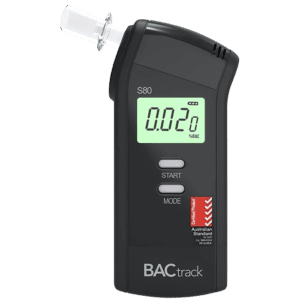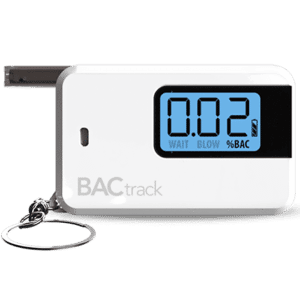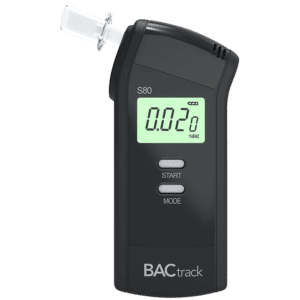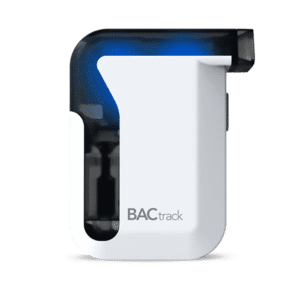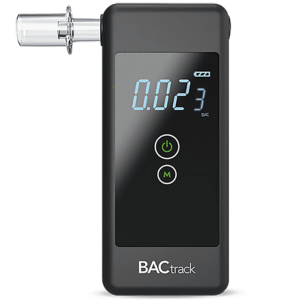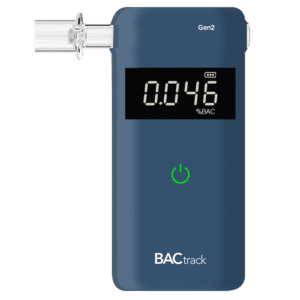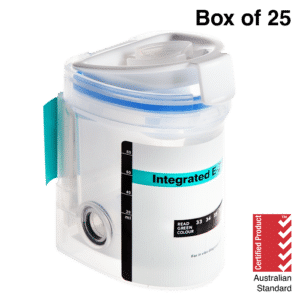Substance Abuse Test: Types of Tests & the Process
25 April, 2024

A substance abuse test is an assessment tool to identify the presence or absence of illicit substances in the body of a person. These tests are crucial in workplaces, law enforcement, and substance abuse treatment programs. Accordingly, there are several types of tests. It includes urine, saliva, blood, breath, and hair testing. The process begins by collecting biological samples. Subsequently, they analyse the specimens using various techniques. A professional will then review and report the test results.
Substance Use Disorder (SUD) is a widespread issue that affects millions of people. It may be due to alcohol dependence, drug addiction, or drug misuse. Hence, alcohol and drug tests are crucial in identifying and addressing substance dependence issues. It is common in various settings, including workplaces, law enforcement agencies, and healthcare providers. This article will present the testing for substance use issues, including the types of tests and the testing process.
What is a Substance Abuse Test?
A substance abuse test is a procedure designed to detect the use of harmful substances. It can identify illegal drugs, prescription drugs, or alcohol addiction. Nevertheless, it plays a crucial role in monitoring and ensuring the safety, health, and productivity of individuals in various settings. The testing relies on analysing biological samples to find traces of substances that indicate substance misuse.
Furthermore, many businesses implement drug and alcohol testing programs. It may be as part of their hiring process. Employers can also conduct random testing, reasonable suspicion testing, blanket testing, or post-accident testing. Moreover, the testing is frequently used by law enforcement agencies in the criminal justice system. It is to monitor individuals on probation or parole.
Healthcare professionals or doctors may order substance testing. It is to diagnose drug or alcohol use disorders and monitor treatment progress. Additionally, some educational institutions implement testing programs for students. It is to foster a substance-free environment. Athletic leagues and sports organisations also conduct testing to ensure fairness and integrity in competition.
Importance of the Testing
- Promotes a Safe Work Environment: Employers can reduce the risk of accidents by identifying those under the influence of drugs or alcohol.
- Enhances Productivity: Substance testing helps employers maintain a productive workforce. It reduces employee absenteeism and increases productivity.
- Supports Public Safety: The testing ensures that those individuals in critical positions are not under the influence. It can prevent potential accidents.
- Prevents Substance Abuse: The knowledge of testing can deter individuals from using harmful substances.
- Helps in Early Detection and Assistance: Testing can uncover substance use problems at an early stage. It allows individuals to access the help they need to overcome their addiction.
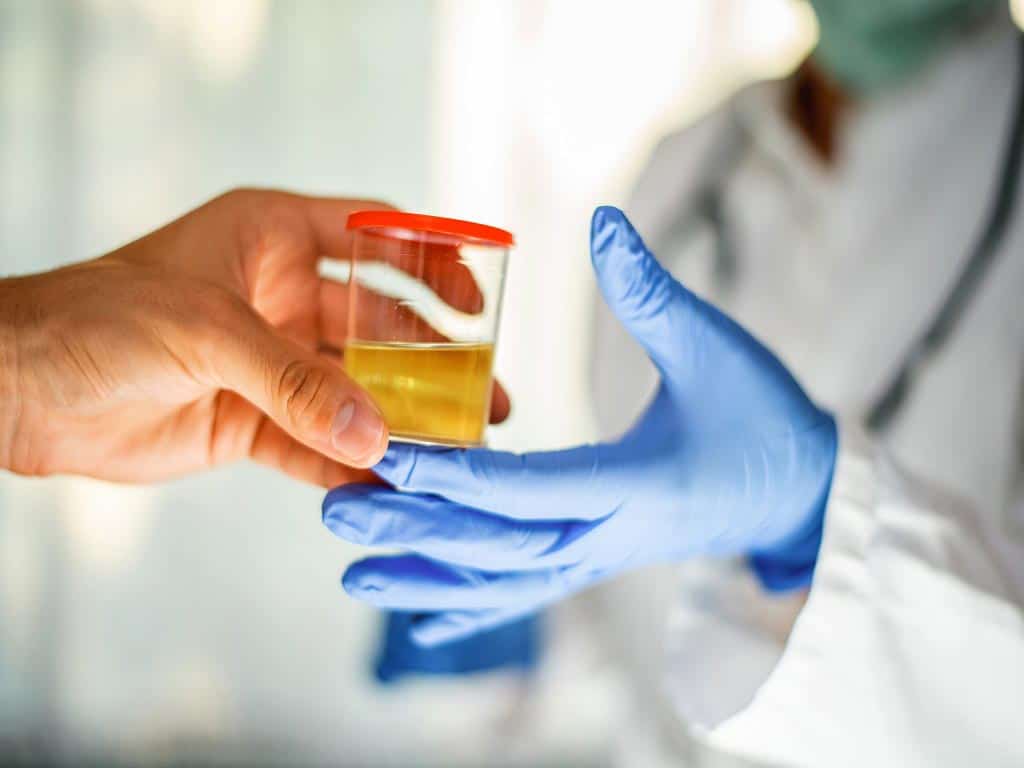
Types of Substance Abuse Tests
Substance abuse tests come in various forms. Urine drug and alcohol testing is one of the most common methods. It involves analysing a urine sample to detect substances. These tests are cost-effective and can identify a wide variety of substances. Saliva testing is another popular approach. It is a form of testing that is non-invasive, easy to administer, and can detect recent substance usage.
Consequently, blood testing is considered the most accurate method. It measures the actual amount of substances in the bloodstream. However, it is more invasive and costly. Furthermore, hair follicle testing involves analysing a small sample of hair. It can detect substance use over a longer period, typically up to 90 days. It can provide a more comprehensive overview of patterns of substance use.
In addition, breath testing is primarily used to detect alcohol consumption. The most common form of this test is the breathalyser. It measures the Blood Alcohol Concentration (BAC) in the breath. Nevertheless, breath tests provide immediate results and are influential in determining current levels of intoxication. Overall, each type of test has its specific applications and advantages.
Substances that Can be Detected
Illicit drugs, illegal and harmful, are a primary focus of substance testing. These can include ecstasy, cannabis, cocaine, heroin, and methamphetamine. Tests for these drugs help identify unauthorised use and assist in efforts to provide appropriate treatments.
Prescription drugs are also closely monitored through substance testing. While these medications are legal, they carry a risk of abuse or dependence. These can include morphine, codeine, oxycodone, dexamphetamines, and benzodiazepines. Identifying misuse of prescription drugs allows professionals to address potential addiction. Additionally, the testing can determine the presence of ethanol. It is an alcohol found in beverages like beer, wine, and spirits.
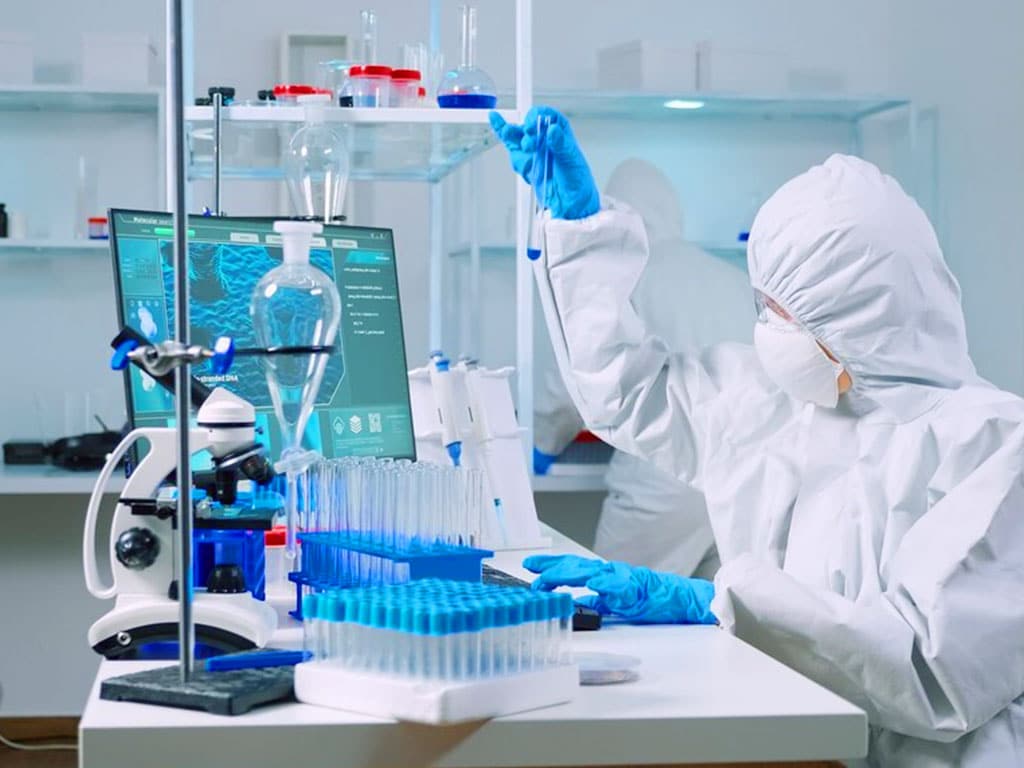
Process for Substance Abuse Test
A substance abuse test involves a series of steps to detect drugs or alcohol. The testing begins when a person provides a biological sample. It can be urine, saliva, blood, hair, or breath specimens. Accordingly, the conductor will forward the samples to a laboratory for testing. Professionals then analyse the samples using scientific techniques designed to detect specific chemicals related to substance use.
Standard methods of testing include immunoassay tests. These are quick and cost-effective for initial screening. Individuals may also purchase alcohol and drug test kits for the screening. Meanwhile, Gas Chromatography-Mass Spectrometry (GC-MS) or Liquid Chromatography-Mass Spectrometry (LC-MS) are more sophisticated and accurate laboratory methods. They can confirm initial non-negative results.
During the analysis, the lab technicians look for metabolites. These are substances produced when the body breaks down drugs or alcohol. The presence and concentration of these metabolites indicate whether and how much of a substance an individual has consumed. Nevertheless, if a test comes back positive, indicating substance use, the following steps vary depending on the context.
Understanding the Results
Understanding the results of substance testing is crucial. A negative result means that the test did not detect the presence of the substance in question within the sample. In simple terms, the individual has not used the substance, or its concentration is below the detection limit.
On the other hand, a non-negative result refers to the initial test results that are not clearly negative but cannot be confirmed as positive without further analysis. Hence, this outcome requires confirmation tests. Furthermore, a positive result means that the substance testing has definitively detected substances in the sample at a concentration above the cut-off level.
Conclusion
In conclusion, substance abuse tests are crucial in identifying and addressing drug or alcohol misuse issues. It is a process that detects the use of illicit substances. Accordingly, substance testing holds great importance. It promotes safety and productivity, prevents substance abuse, and helps in early detection and assistance. Furthermore, there are various types of tests to conduct the assessment. It includes urine testing, oral fluid testing, blood testing, hair testing, and breathalyser or breath alcohol testing.
The testing methods can detect numerous substances. It can identify the presence of ecstasy, cocaine, dexamphetamine, oxycodone, morphine, and ethanol. Moreover, the testing involves a series of steps. The procedure begins with the collection of biological specimens. Then, professionals analyse the samples using scientific techniques. Nevertheless, understanding the results of the testing is crucial. Testing facilities may report the results as negative, non-negative, and positive.




















